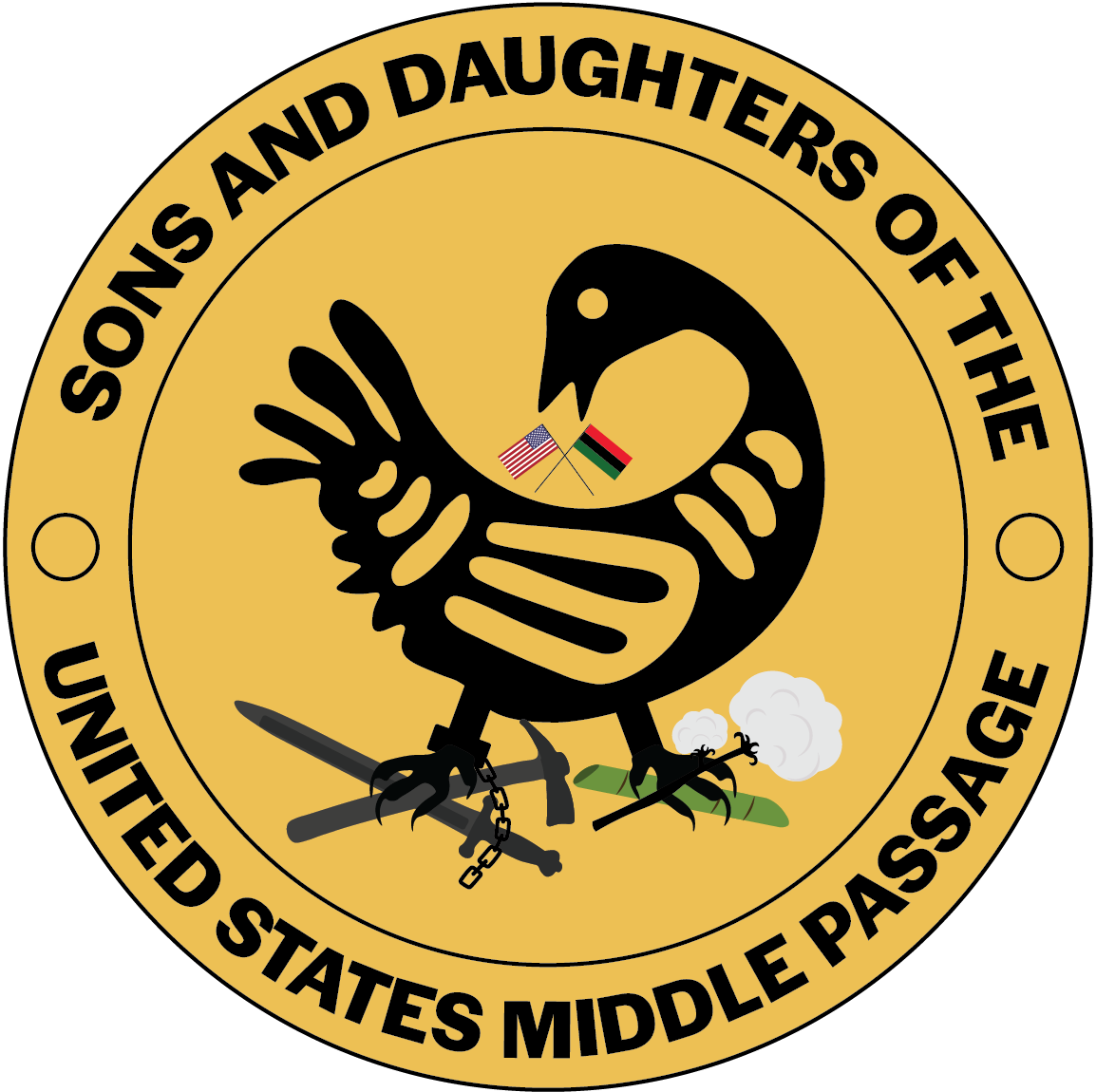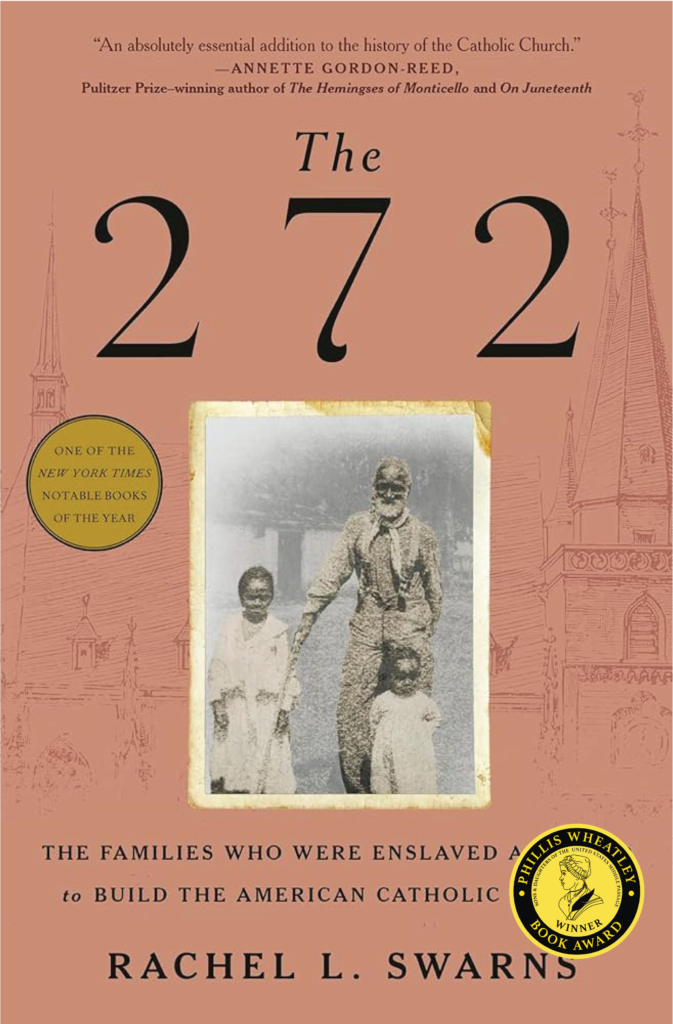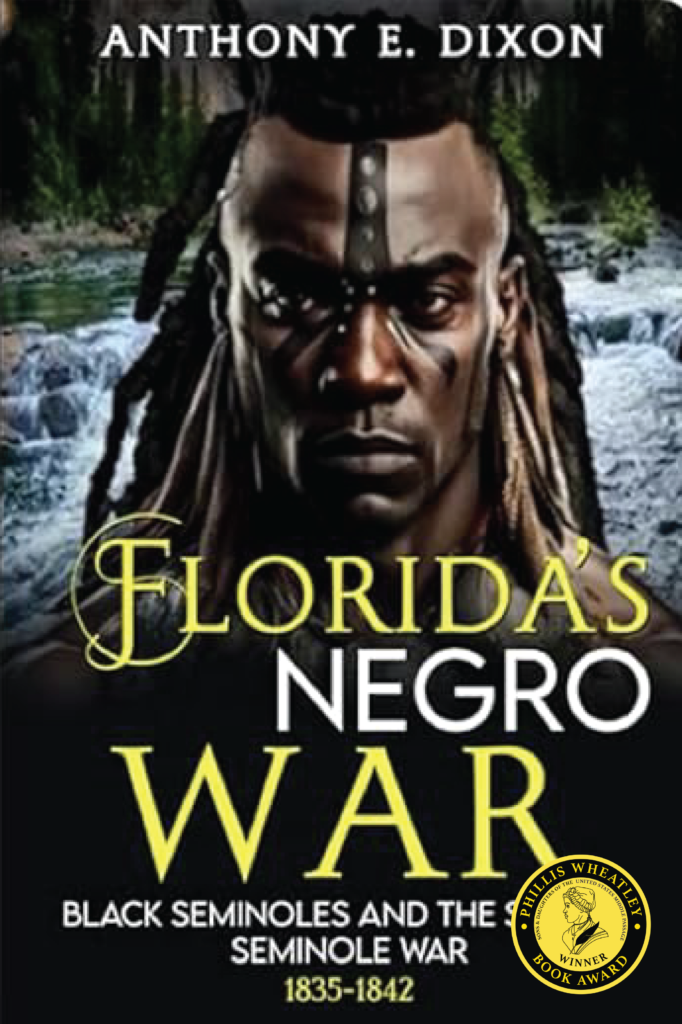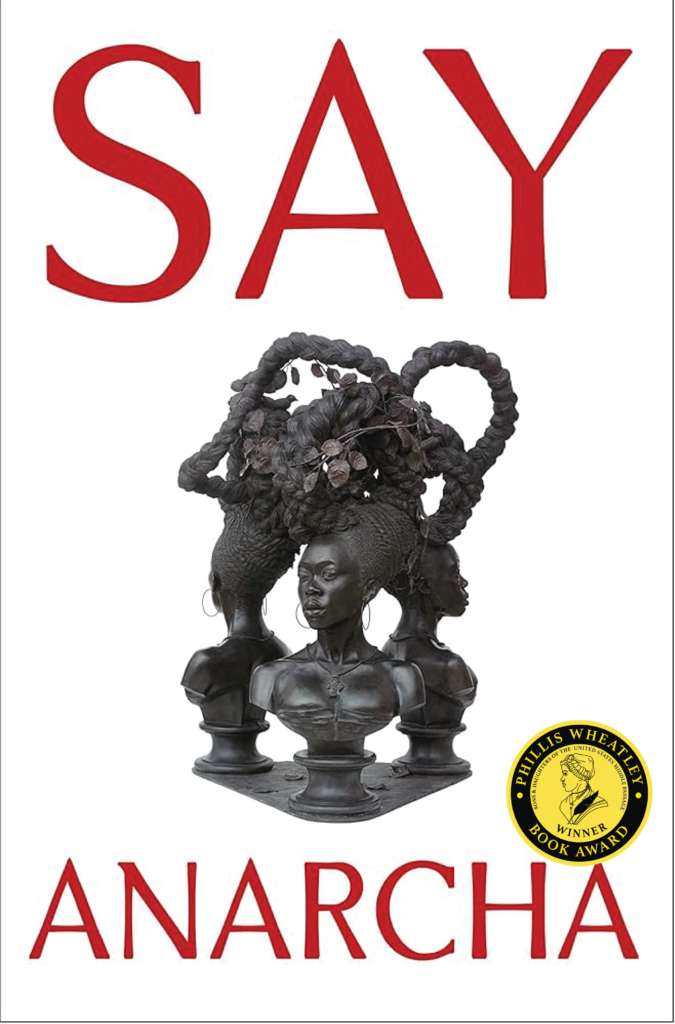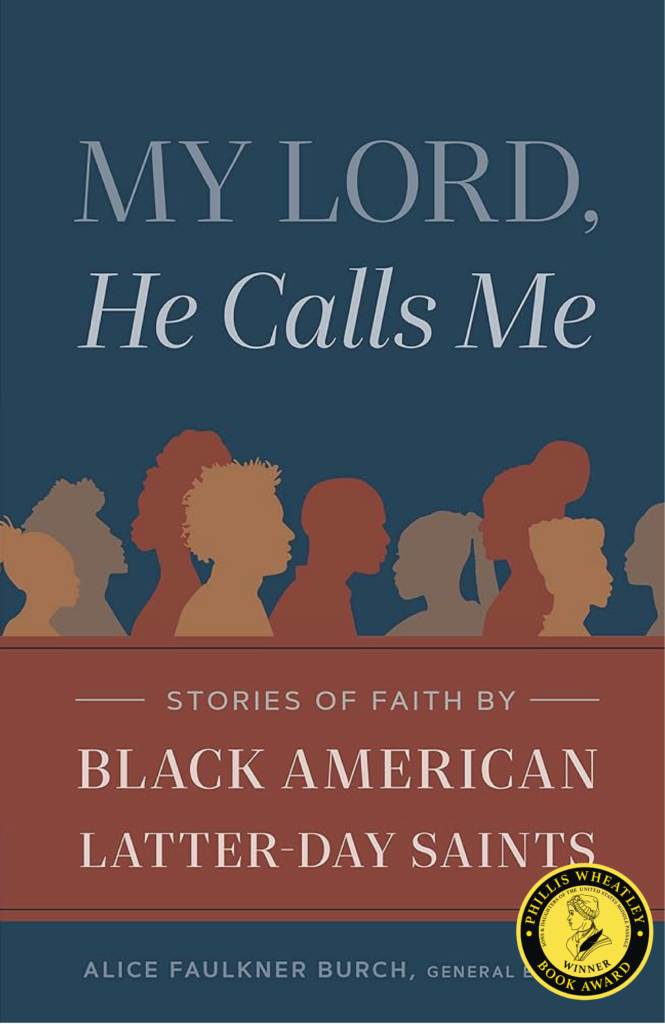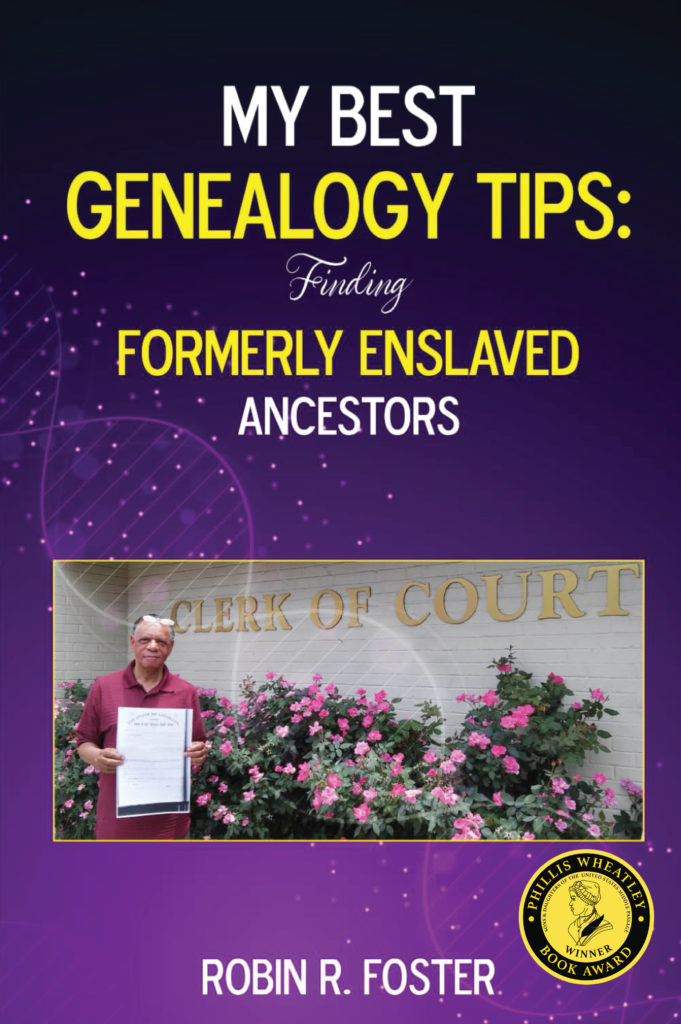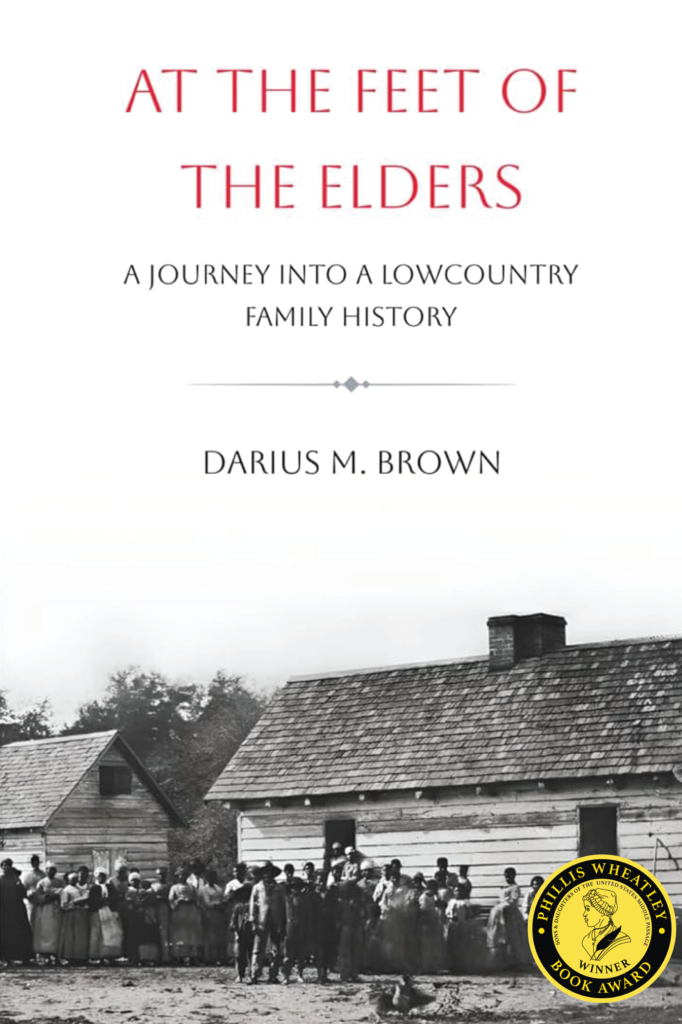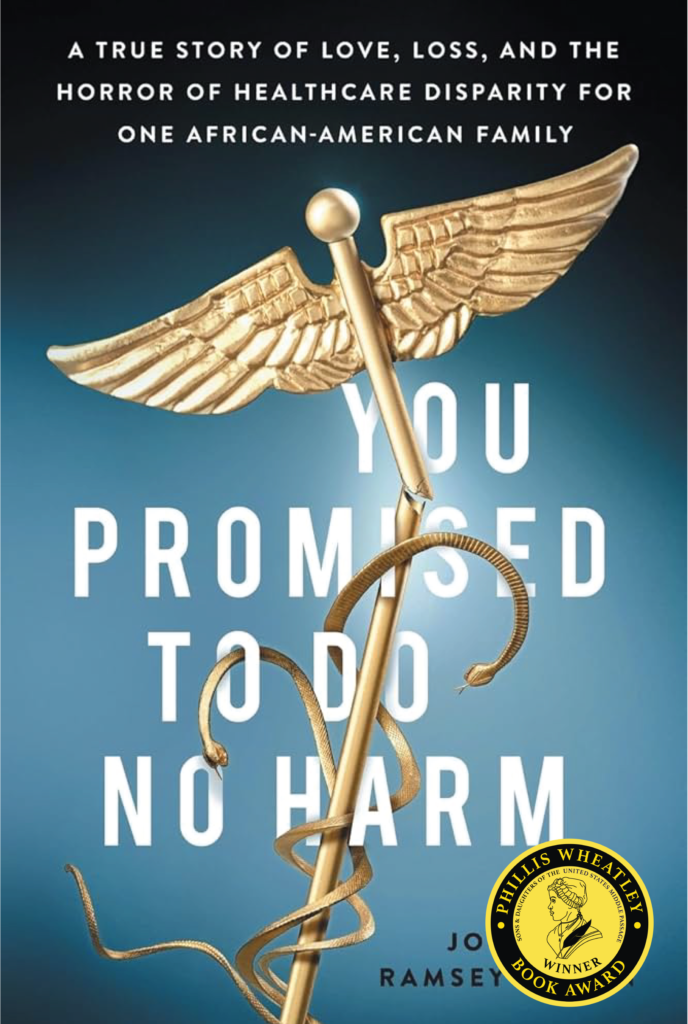Historical-Event (Nonfiction)
The 272: The Families Who Were Enslaved and Sold to Build the American Catholic Church
RACHEL SWARNS
In 1838, a group of America’s most prominent Catholic priests sold 272 enslaved people to save their largest mission project, what is now Georgetown University. In this groundbreaking account, journalist, author, and professor Rachel L. Swarns follows one family through nearly two centuries of indentured servitude and enslavement to uncover the harrowing origin story of the Catholic Church in the United States. Through the saga of the Mahoney family, Swarns illustrates how the Church relied on slave labor and slave sales to sustain its operations and to help finance its expansion.
The story begins with Ann Joice, a free Black woman and the matriarch of the Mahoney family. Joice sailed to Maryland in the late 1600s as an indentured servant, but her contract was burned and her freedom stolen. Her descendants, who were enslaved by Jesuit priests, passed down the story of that broken promise for centuries. One of those descendants, Harry Mahoney, saved lives and the church’s money in the War of 1812, but his children, including Louisa and Anna, were put up for sale in 1838. One daughter managed to escape, but the other was sold and shipped to Louisiana. Their descendants would remain apart until Rachel Swarns’s reporting in The New York Times finally reunited them. They would go on to join other GU272 descendants who pressed Georgetown and the Catholic Church to make amends, prodding the institutions to break new ground in the movement for reparations and reconciliation in America.
Swarns’s journalism has already started a national conversation about universities with ties to slavery. The 272 tells an even bigger story, not only demonstrating how slavery fueled the growth of the American Catholic Church but also shining a light on the enslaved people whose forced labor helped to build the largest religious denomination in the nation.
Historical-Event (Nonfiction)
Florida’s Negro War: Black Seminoles and the Second Seminole War 1835-1842
Anthony E. Dixon
Historical-Memoirs, Biographies, Nonfiction
Say Anarcha: A Young Woman, a Devious Surgeon, and the Harrowing Birth of Modern Women’s Health
J.C. Hallman
For more than a century, Dr. J. Marion Sims was hailed as the “father of modern gynecology.” He founded a hospital in New York City and had a profitable career treating gentry and royalty in Europe, becoming one of the world’s first celebrity surgeons. Statues were built in his honor, but he wasn’t the hero he had made himself appear to be.
Sims’s greatest medical claim was the result of several years of experimental surgeries—without anesthesia—on a young enslaved woman known as Anarcha; his so-called cure for obstetric fistula forever altered the path of women’s health.
One medical text after another hailed Anarcha as the embodiment of the pivotal role that Sims played in the history of surgery. Decades later, a groundswell of women objecting to Sims’s legacy celebrated Anarcha as the “mother of gynecology.” Little was known about the woman herself. The written record would have us believe Anarcha disappeared; she did not.
Through tenacious research, J. C. Hallman has unearthed the first evidence of Anarcha’s life that did not come from Sims’s suspect reports. Hallman reveals that after helping to spark a patient-centered model of care that continues to improve women’s lives today, Anarcha lived on as a midwife, nurse, and “doctor woman.”
Say Anarcha excavates history, deconstructing the biographical smoke screen of a surgeon who has falsely been enshrined as a medical pioneer and bringing forth a heroic Black woman to her rightful place at the center of the creation story of modern women’s health care.
HISTORICAL-MEMOIRS, BIOGRAPHIES, NONFICTION
My Lord, He Calls Me: Stories of Faith by Black American Latter-day Saints
Alice Faulkner Burch (editor)
Though Black members of The Church of Jesus Christ of Latter-day Saints have only had full access to the priesthood and the ordinances of the temple since 1978, there have been faithful Black members of the Church since the beginning. Both early and contemporary members have been faithful in the face of criticism from both inside and outside the Church. My Lord, He Calls Me is a new essay compilation by active Black American Latter-day Saints whose ancestors were brought to the United States from Africa and enslaved. They share their conversion stories, what life was like during the priesthood restriction, and why they remain in the Church. Though all will benefit from it, this book was created especially by and for Black members as support and encouragement. Readers will be inspired by the faith, testimony, endurance, wisdom, and spiritual strength of these faithful Saints.
Historical-genealogical Research, nonfiction
My Best Genealogy Tips: Finding Formerly Enslaved Ancestors
Robin Foster
Did you ever wonder about the enslaved people in your ancestry?
Have you asked the oldest living relative what they remember? Do you know what to do next? I was able to find my second great grandfather, Beverly Vance (1832-1899), in 1880 and 1870 on the census along with his mother, his wife, and his children. Have you located your formerly enslaved ancestor in the 1880 and 1870 censuses? This book, entitled My Best Genealogy Tips: Finding Formerly Enslaved Ancestors, will lead to discovering ancestors who had been enslaved.
My move to South Carolina
When I first moved to South Carolina in 2005, I no longer had to research my ancestors from afar. I lived in the same town as the South Carolina Department of Archives and History. I went regularly to Richland Library where I learned about my family in Richland County, and I identified Abbeville County as the place where they were enslaved.
Children’s Fiction (Ages 0-17)
Where Did We Come From: The Birth of Black America
Dr. Marion T. Lane
In the past, educators taught that all African ancestors arrived in the colonies as slaves. It was also stated that every person of African ancestry who was legally free achieved this status by having been given freedom by a master. This book offers a much different point of view.
Historical-family stories
At the Feet of the Elders: A Journey into a Lowcountry Family History
Darius Brown
The disintegration of slavery in the Lowcountry of South Carolina began with the federal occupation of Beaufort in 1861. After the Battle of Port Royal, slave owners fled their plantations, simultaneously freeing thousands of enslaved people who labored on cotton plantations throughout the Sea Islands of Beaufort County, South Carolina.
Despite slavery destroying the knowledge of family histories in many African American families, Darius Brown illustrates the journey of his ancestors from the colonial period, American Civil War, and thereafter. In this book, the lives of his ancestors are illuminated with the use of archival records that shed light on their arrival from Africa, experiences during slavery, and their lives as freedmen. At the Feet of the Elders is an astonishing account that shows the resilience and perseverance of a people who were held tightly in the grip of chattel slavery. It honors the tradition of preserving oral histories, genetic genealogy, and serves as a template on how to reconstruct the lives of enslaved people.
Historical-family stories
You Promised To Do No Harm
Jonnie Ramsey Brown
For forty-five years, Jonnie and Thomas Brown built a life together. They supported each other through college, marched together to receive their degrees, formed a family, traveled, and shared the love of a lifetime.
When Thomas fell ill on a trip to Florida, everything changed. He was admitted to a local hospital where, within days, he died—the victim of neglect and treatment below the medical standard of care.
In You Promised to Do No Harm, Thomas’s widow, Jonnie, tells their shocking personal story, shedding light on implicit bias and detailing the struggle that people of color face when equal treatment doesn’t apply. It’s a call for families to advocate for their loved ones, for the medical community to consciously understand how bias affects their decision-making, and for each of us to address healthcare disparity to keep our loved ones alive.
